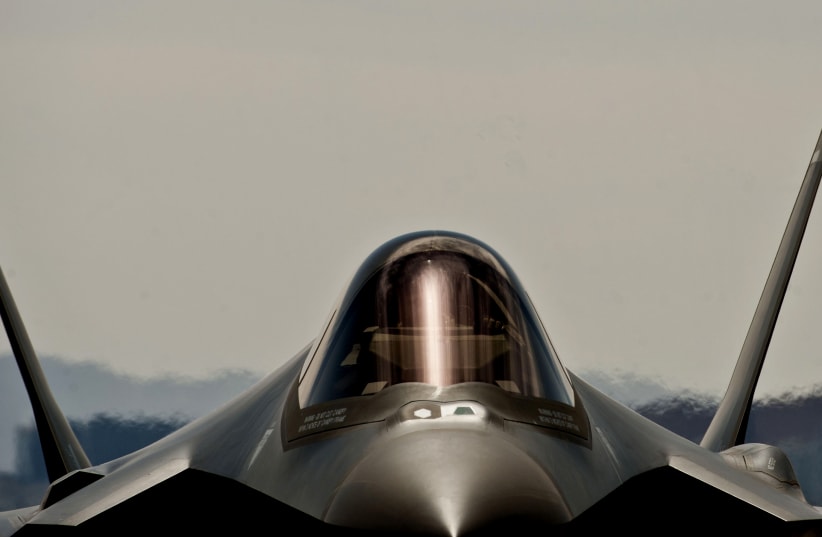The United States Air Force has sent several F-35 jets to the Middle East, marking the first operational deployment of the US stealth fighters to the region.
According to an official USAF press release, an unspecified number of F-35As Lightning IIs landed at the al-Dhafra Air Base in the United Arab Emirates on Monday, along with maintenance and support personnel from the Active 388th Fighter Wing and Air Force Reserve 419th Fighter Wing based at Hill Airforce Base in Utah.
“The F-35A provides our nation air dominance in any threat,” said Gen. David L. Goldfein, chief of staff of the Air Force. “When it comes to having a ‘quarterback’ for the coalition joint force, the inter-operable F-35A is clearly the aircraft for the leadership role.”
Built by Lockheed Martin, the jets have an extremely low radar signature, allowing the jet to operate undetected deep inside enemy territory as well as evade advanced missile defense systems like the S-300 and S-400 missile defense systems, which have been deployed in countries such as Syria.
With close air-support capabilities and a massive array of sensors, pilots of the stealth jet have an unparalleled access to information while in the air.
“We are adding a cutting edge weapons system to our arsenal that significantly enhances the capability of the coalition,” said the commander of US Air Forces Central Command, Lt.-Gen. Joseph T. Guastella. “The sensor fusion and survivability this aircraft provides to the joint force will enhance security and stability across the theater and deter aggressors.”
“We look forward to demonstrating the full range of the F-35A’s capabilities while it increases the inter-operability of our forces throughout the region,” Guastella added.
The deployment of the jets come shortly after the removal of F-22 Raptors from the al-Dhafra base in October and replaced with F-15C Eagles instead, The Drive news-site reported. Those Raptors, the site said, “have been the only aircraft from the US-led coalition fighting ISIS penetrating western Syria, at all.”
With the deployment of the F-35s to the region, it is likely that the stealth jets will take over that role as well.
While this marks the first operational deployment of American F-35s, they join Israeli F-35I Adirs, which have taken part in several operations in the region over the past two years, making the Jewish State the first country to use the stealth fighter in a combat role in the region. The Israel Air Force currently has 14 F-35 Adir aircraft and is expected to receive a total of 50 planes to make two full squadrons by 2024.
The UAE, which is among the world’s biggest defense spenders, is currently in the process of building up its armed forces, and the UAE Air Force has made no secret that it is interested in purchasing the fifth-generation fighter jet.
Last year, Deputy Commander of the UAE Air Force Brig.-Gen. Rashed Al Shamsi was quoted by the Arabian Aerospace news site as saying Washington “could now be willing to sell” the F-35 to the UAE.
The UAE Air Force, he was quoted as saying, “required connected multi-role platforms with the ability to share data, which had enhanced intelligence collection and distribution capabilities, and that was capable of timely and reactive dynamic targeting,” and “to have a fifth-generation capability is something of interest to the UAE Air Force and Air Defense.”
